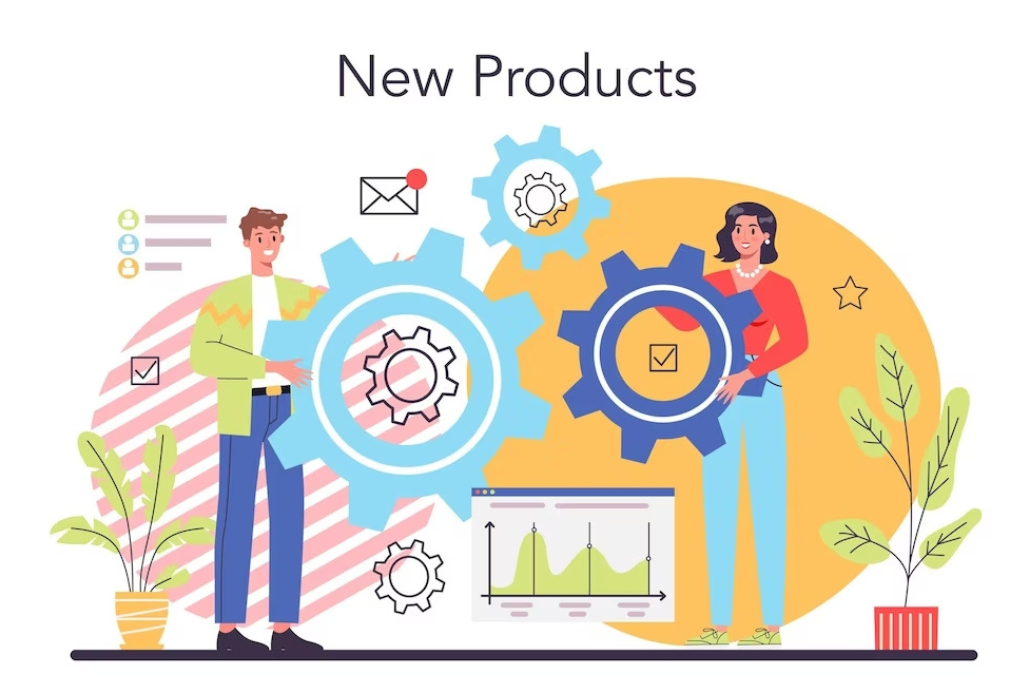As an agile and dynamic outsourcing company, Classic Informatics are well placed to ensure your business receives the very best service possible when it comes to product development. Our flexible engagement models are based on the requirements of the client, and in this blog we will look at some key factors and issues surrounding product development using agile methods, and focus on building a strong foundation for your project.
What is Agile Product Development
Agile product development depends on a clean, efficient workflow. It is based on efficient processes and creating a defined roadmap, allowing products to reach the customer faster. It is dynamic and based on what the customer needs, as well as what we can learn about the client’s market. Customer feedback loops also help to define behavior and usage analytics.
Also Read: Remote Product Development: Complete Guide
Agile Production Development Tips
There are a number of things worth bearing in mind if you are working in an agile environment - and a number of steps to follow to ensure that both you and your client are working in a happy and successful relationship.
Get everything in writing
Agile product development is complex, and although it’s a tried and tested method of bringing products to market, there is still room for things to go wrong. Make sure you get a written record of what’s expected when, and who needs to complete certain tasks. There are likely to be multiple handoffs, email conversations and sign-offs required by many different people as the stages continue, so bear in mind that keeping everything in writing is the safest and easiest way to go.
Cut out the unnecessary
In any walk of life, it pays to keep things simple, and when outsourcing product development it’s as true as ever. Cut out anything unnecessary - talk in plain language that every party understands and try to ignore the temptation to add too much detail in your agile development plans. Things will be fleshed out as time progresses and conversations develop - you don’t need to include everything at once.
Choose a time-frame that works
You need to be realistic - and bear in mind that your client is paying good money for not only the job to be done well but within efficiently within a set time-frame. If you are the client, then you need to understand on realistic terms how much time it will take to deliver what you expect and allow your developers that honest turn-around. However, be aware of the need to create a workflow time-frame that works, not necessarily just one that fits. If you need to have longer to create a better product or plan, communicate that with the client/team. Building a good working relationship is key here.
Recommended Read:
How Startups Can Leverage IT Outsourcing To Grow Better? (With Examples)
Establish key metrics and KPIs
It’s important within agile development to create, at an early stage, an accessible plan to measure the success of your project. Once the goals are defined, it makes sense to plan to measure your metrics around these goals - again, communication is key and be open to refining your metrics as time goes on and based on feedback from the client.
Be flexible
One of the main reasons companies love using an agile outsourcing company such as Classic Informatics is that we listen to the client at every stage - we are true to our work and mantra of ‘agile’ and it’s important in this line of work to be agile, flexible and dynamic in everything you do. A roadmap and goals are created at any early stage, but at all times be prepared to ditch something if it doesn't feel right or you don’t think it’s working. It’s a lot better to accept defeat at an early stage of product development than bring to fruition a product that is substandard.
In this article we have outlined some the key things to remember when working with an agile product development team or outsourcing product development to a company.
If you are unsure about how to go about setting up agile processes for your product development, we would be more than happy to point you in the right direction. Using agile as a workflow and concept is on the rise, and using some of these key points you can make sure you get a good foundation from the word go.

























